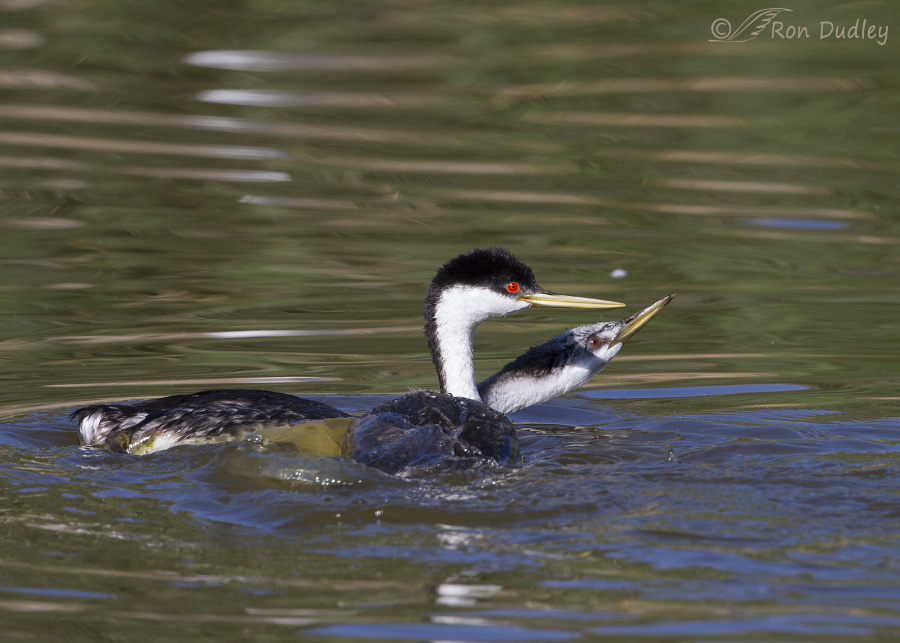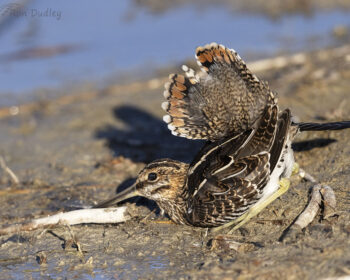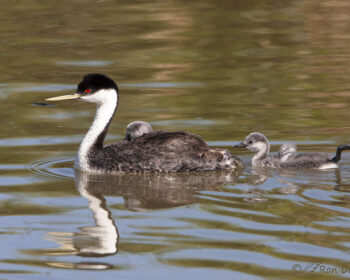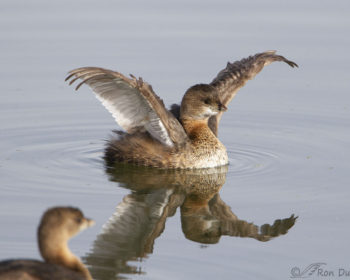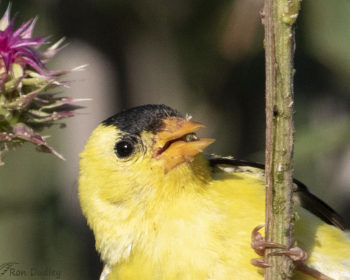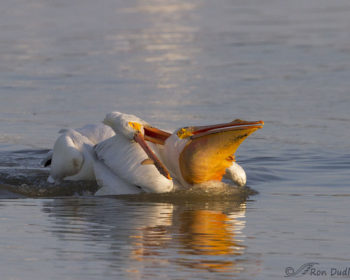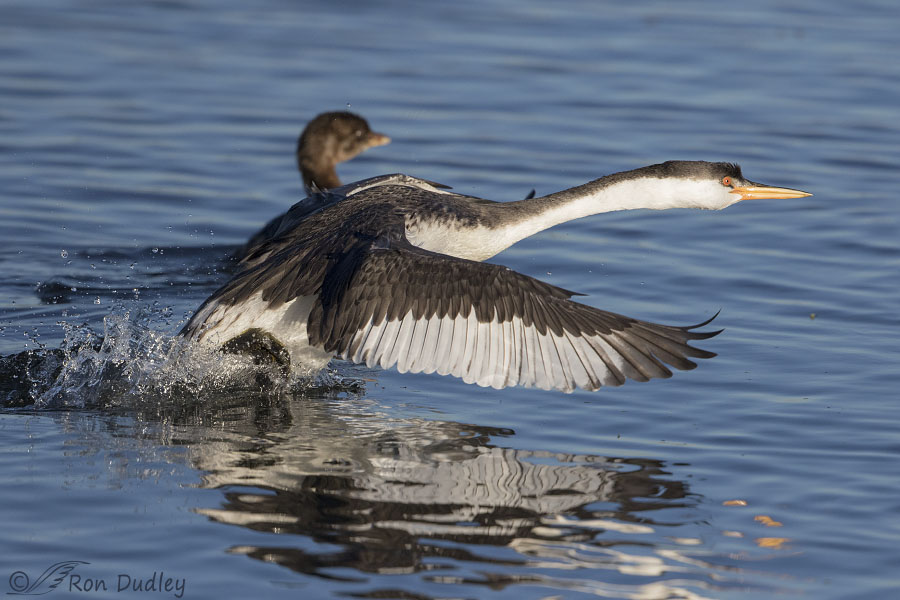Tag: unusual behavior
Wilson’s Snipes – A Weird, Repeated Behavior And A Possible Explanation
Foot-shipping – Western Grebe Chicks Start Young
Pied-billed Grebe Mystery Behavior
American Goldfinches Don’t Eat Insects. Or Do They…
American White Pelican – A Question Of Behavior
Western Grebe Running On Water Using A Technique I’d Never Seen
A Kingfisher And….. A Cop
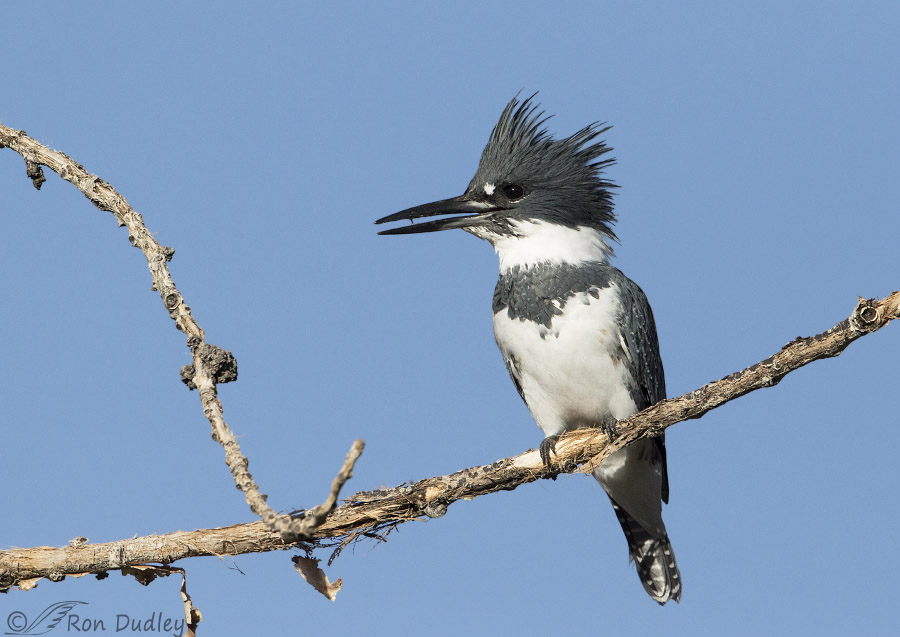
After so many kingfisher posts recently it was my intention to post a different species today. However, events of yesterday warranted otherwise. Those events include “my” male Belted Kingfisher being cooperative again, several fascinating kingfisher behaviors and an unexpected and potentially very unpleasant encounter with a local cop..
Goofy Red-tailed Hawk
When I first encountered this juvenile Red-tailed Hawk in Beaverhead County three weeks ago it was eating a vole on top of this fence post. Soon after it finished the rodent it began to act a little strange. 1/2000, f/6.3, ISO 640, 500 f/4 In these first few shots it may look like the hawk is simply shaking or “ruffling” its feathers but I’m convinced that wasn’t the case. I’ve seen many birds perform that feather maintenance activity but what was happening here looked quite different. I remember telling Mia while it was occurring that it looked like the bird was “dancing” on top of the post. 1/2000, f/6.3, ISO 640, 500 f/4 The hawk went through some strange gyrations and postures that were different from what you see with a simple “shake” and they lasted an unusually long time (I have many shots of the behavior). This tail-up posture, for example, is reminiscent of defecation but the bird didn’t defecate and the wing position isn’t what you would normally see during defecation anyway. 1/2000, f/6.3, ISO 640, 500 f/4 The bird wasn’t shaking to get these unusual feather positions either – instead it seemed to be deliberately and relatively slowly (compared to shaking) erecting its feathers. I have 8 – 10 shots that are very similar to this one and they’re not all in sequence. 1/1600, f/6.3, ISO 640, 500 f/4 Then the bird decided to take off from the post… 1/2000, f/6.3, ISO 640, 500 f/4 but…
Odd Behavior In A Young Male Northern Harrier
It’s likely that I’m more interested in bird behaviors than some of my readers – if so I hope you’ll bear with me through this post. Even though the light was terrible for photography much of the time, witnessing this odd behavior was a treat for me. As most folks who try to photograph harriers know, they’re generally an elusive quarry and difficult to get close to. Occasionally you may get a close fly-by if you’re lucky but yesterday I had an experience with a harrier that I had never seen before and I’ve spent a lot of time around harriers. Mia and I first found the bird (a young male just transitioning to adult plumage) perched close to the road and as we attempted to get close for some shots it lifted off, just as we expected. I assumed it was long gone as usually happens with these birds but that’s not how it turned out. 1/1000, f/5.6, ISO 500, 500 f/4, 1.4 tc As we were preparing to drive further down the road we noticed the harrier coming back and it landed quite close to us again. Very unusual, so we decided to hang around and see how the cards played out. 1/1000, f/5.6, ISO 500, 500 f/4, 1.4 tc The harrier began to call. Sometimes it sounded like the typical harrier call that I’ve heard so many times in the past but occasionally this bird sounded different – Mia thought it sounded almost like a parrot. 1/1000, f/5.6, ISO 500, 500 f/4, 1.4 tc It stayed on the same…


